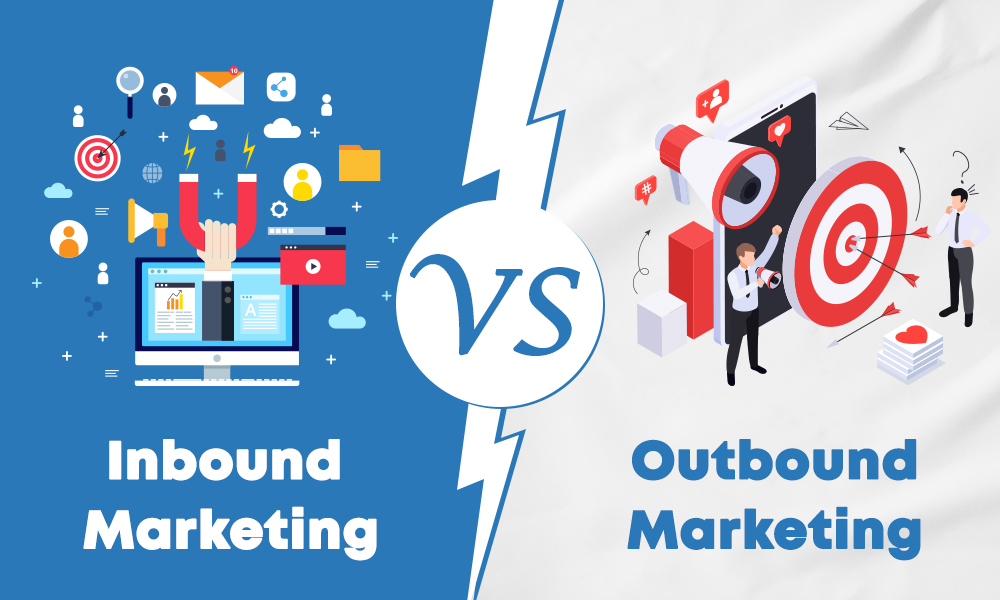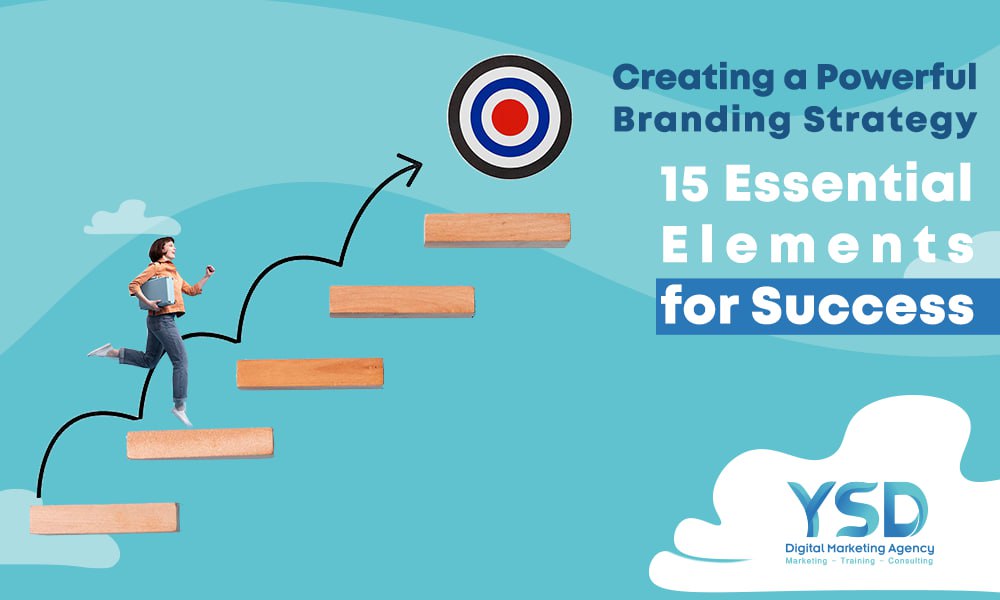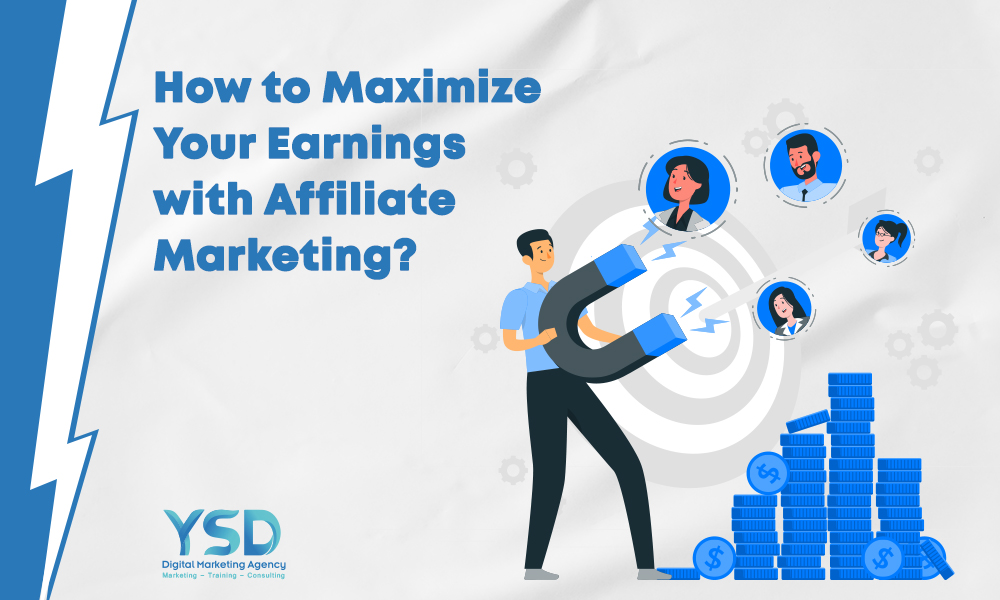In the ever-evolving landscape of marketing, two distinct strategies stand out as the yin and yang of customer engagement: inbound marketing and outbound marketing. These approaches, though fundamentally different, play crucial roles in any comprehensive marketing strategy. Join us as we dive into the world of “Inbound Marketing vs. Outbound Marketing,” a comprehensive comparison that sheds light on their unique characteristics, benefits, drawbacks, and how they can coexist harmoniously to achieve optimal results.
Understanding Inbound Marketing:
Inbound marketing is like a magnet that draws potential customers organically. At its core, it’s customer-centric, focusing on providing valuable content to attract, engage, and delight prospects. This shift from traditional, interruptive marketing is a response to evolving consumer behavior—people are no longer passive recipients of messages; they actively seek solutions to their problems. Inbound marketing leverages tactics such as content creation, search engine optimization (SEO), social media engagement, and lead nurturing to establish a genuine connection with the audience.
Embracing Outbound Marketing:
Outbound marketing, on the other hand, is like extending a hand to reach potential customers directly. Often called traditional marketing, it involves pushing messages to a wide audience through channels like cold calling, TV and radio ads, and print advertisements. In the digital age, outbound marketing has evolved to include email campaigns, display ads, and sponsored content. While inbound marketing attracts customers naturally, outbound takes a proactive approach by sending messages to potential customers and making them aware of products or services.
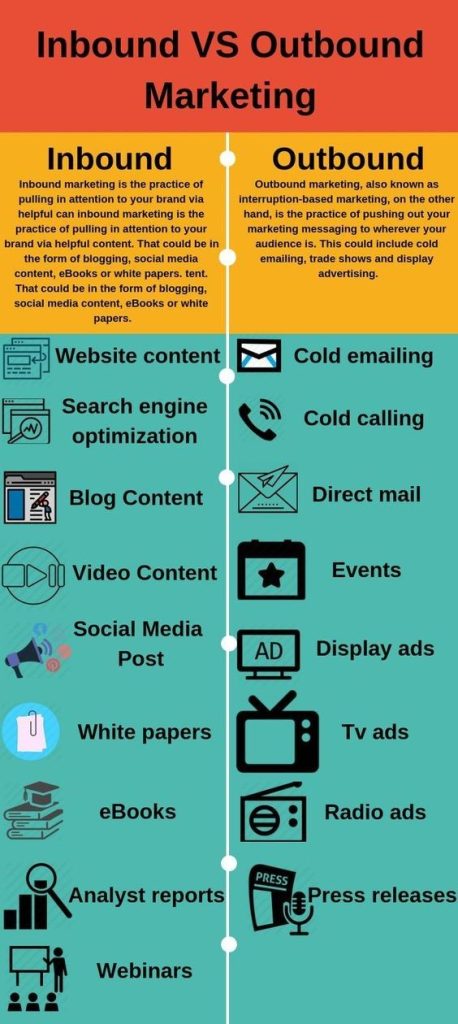
Benefits and Drawbacks of Inbound Marketing:
Inbound marketing boasts an array of benefits:
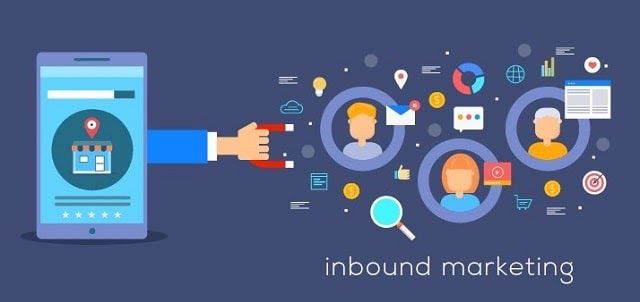
- Attracting Qualified Leads: By providing valuable content that addresses specific pain points, inbound marketing attracts leads who are genuinely interested in what a business offers.
- Building Trust: The focus on informative, educational content helps build credibility and trust with the audience.
- Long-Term Sustainability: Quality content has lasting value, continuing to attract leads even after its initial publication.
- Cost-Effectiveness: While time-intensive initially, the cost of maintaining content-driven strategies tends to decrease over time.
However, inbound marketing also has its drawbacks:
- Time-Consuming: Creating high-quality content requires time and effort, delaying immediate results.
- Gradual Buildup: Gaining traction through SEO and content marketing takes time; it’s not an overnight success.
- Increased Competition: As more businesses adopt inbound strategies, standing out becomes more challenging.
Benefits and Drawbacks of Outbound Marketing:
Outbound marketing offers its own set of advantages:

- Immediate Reach: Outbound marketing can quickly reach a wide audience, creating awareness on a larger scale.
- Controlled Message Delivery: Messages can be crafted and controlled to deliver a consistent brand image.
- Quick Visibility: New products or services can gain immediate visibility through outbound tactics.
However, outbound marketing has drawbacks too:
- Intrusiveness: Traditional outbound methods can be seen as intrusive and interruptive, potentially alienating customers.
- Ignored or Blocked: Ad blockers and spam filters can hinder the effectiveness of outbound efforts.
- Limited Engagement: Outbound strategies often lacks the engagement and two-way communication found in inbound strategies.
Real-World Examples
In the realm of inbound marketing, HubSpot stands as a shining example. Their content-driven approach, coupled with educational resources and tools, has transformed them into thought leaders in the marketing world. Similarly, Moz’s informative blog posts and whitepapers have positioned them as an authority in the realm of search engine optimization.
On the outbound side, Apple’s iconic product launch events are textbook examples of creating hype and anticipation through outbound. Coca-Cola’s use of traditional TV ads, combined with modern digital advertising, showcases how outbound strategies can maintain a brand’s relevance over time.
Finding the Right Balance
While the debate between inbound and outbound marketing may seem like an either-or proposition, the reality lies in striking a balance. The choice depends on the target audience, industry, and marketing goals. Instead of viewing them as opposing forces, smart marketers leverage the strengths of both approaches to achieve the desired outcomes.
| Aspect | Inbound Marketing | Outbound Marketing | |
| 1 | Approach | Pull marketing; attracts leads organically | Push marketing; reaches out to prospects proactively |
| 2 | Audience Engagement | Focuses on providing valuable content to educate and engage the audience | Typically interrupts the audience’s current activity to deliver a message |
| 3 | Content Type | Content is informative, helpful, and tailored to the target audience’s needs | Content is promotional and designed to capture attention quickly |
| 4 | Channel Examples | Blogging, SEO, Social Media, Content Marketing | Cold calling, Direct mail, Email Blasts, TV/Radio Ads |
| 5 | Relationship Building | Emphasizes building long-term relationships with customers | Focuses on immediate sales and conversions |
| 6 | Measurement | Metrics often include traffic, engagement, conversion rates, and customer retention | Metrics focus on reach, impressions, and immediate sales |
| 7 | Invasive | Generally less invasive as it doesn’t interrupt the audience | Can be seen as more intrusive as it interrupts the audience’s activities |
| 8 | Cost-Efficiency | Often more cost-effective over the long term as content continues to generate leads | Immediate costs can be higher due to advertising and lead acquisition |
In Conclusion

“Inbound vs. Outbound Marketing” is not a tale of adversaries, but rather a narrative of coexistence and synergy. Inbound marketing thrives on building trust and engagement, while outbound brings visibility and controlled messaging. The modern marketing landscape demands a holistic approach, where businesses integrate both strategies to create a comprehensive marketing mix that resonates with their audience. By understanding the strengths and weaknesses of each approach and adapting them to fit unique goals, businesses can navigate the ever-changing marketing terrain and achieve sustainable success.
Have you found the right balance between inbound and outbound in your strategy? Share your thoughts, experiences, and insights in the comments below. Let’s keep the conversation flowing!


